CONTACTAbout UsCAREER OPPORTUNITIESADVERTISE WITH USPRIVACY POLICYPRIVACY PREFERENCESTERMS OF USELEGAL NOTICE
© 2026 Equal Entertainment LLC.
All Rights reserved
All Rights reserved
By continuing to use our site, you agree to our Privacy Policy and Terms of Use.
We need your help
Your support makes The Advocate's original LGBTQ+ reporting possible. Become a member today to help us continue this work.
Your support makes The Advocate's original LGBTQ+ reporting possible. Become a member today to help us continue this work.
Artist Spotlight: Alix Smith
Why are you a photographer?
What I find most satisfying about photography is the way in which it allows me to document "reality" while at the same time creating my own version thereof; in other words, the reality I present is a reality based upon what I choose to include in the frame and what I choose to leave out. There is something powerful about dictating the terms according to which people can enter into your reality.
What catches your eye?
Drama. Theatrics. Color. Lighting.
How do you describe your work?
I refer to what I do as "conceptual portraits," meaning that I come up with an idea or concept that I would like to explore and then I find people that fit that idea. So it becomes less about the people themselves but rather what they represent. For instance, for my current project, "States of Union," I am photographing gay and lesbian couples and families. By playing off of classical paintings, I am offering a legacy of depiction to a group of people that, historically, have no visual legacy. In this way, while the portraits are about the subjects, they also go beyond the individuality of the people and speak to a greater issue.
How do you choose your subjects?
First and foremost, they have to fall into the project theme. After that, it varies. For "States of Union," I sent out a request to friends who passed it on to their friends and so on. I also contacted various LGBT organizations, which were kind enough to send out my request in their newsletters. Once I started photographing, one set of subjects would get me in contact with another, who got me in touch with another, etc. ... I don't really have a formula it all seems to happen rather organically.
What makes a good photograph to you?
For me, art has to have
two things to really blow me away, a strong concept and drama. Be it a
landscape or a portrait, drama is what turns me on. For me, the world is
a stage and we are all playing the character we have chosen to play on
that stage. It is the job of the photographer to capture the drama of
the performance.
Who are your favorite artists? And why?
Jeff
Wall has made a big impact on how I create my images. In studying his
work I discovered how every detail in the image was considered, and
crucial to the communication of his concept. I began to think about how
one could use space and objects in order to enhance the viewers'
understanding of a subject. I find his unique visual language
inspiring. He draws from art history, sociology, psychology, historical
memory, media, and contemporary society in order to generate meaning,
making his images both conceptually complex and aesthetically appealing.
I
also love Tina Barney's work. She creates scenes with her subjects that
reproduce actual events, and this theatrical role-playing creates images
that dramatize ordinary experiences. Her use of gestures and enigmatic
details within the frame creates a heightened sense of the moment. She
utilizes certain angles and visual devices, such as the manipulation of
objects within the space, in order to create a sense of depth.
Cindy
Sherman's exploration of the concept of identity is brilliant. In her
"Untitled Film Stills" series, she mimics the depiction of women in the
postwar films of the 1960s in order to comment on how identity is a
product of cultural manipulation. Playing with framing, lighting,
camera angle, depth of field, and size, Sherman uses the specificity of
the medium in order to create meaning.
And of course Annie
Leibovitz. I love the way she emphasizes her subjects' public persona in
her portraits, using her own subjective interpretation of the person.
It's her imaginative portrayal of her subjects and the backgrounds that
made her portraits so successful.
"States of Union" Statement
When I was a child, households
consisting of a mother and a father surrounded me. As I entered into
adolescence I watched as my peers swooned over boys at dances, lusted
after Bon Jovi, and imagined life with Johnny Depp. I, on the other
hand, had a crush on a 10th-grade girl, worshipped Madonna, and pined
for Jodie Foster. As I started to question my sexuality, I began to
look for representations of queer culture that felt familiar -- akin to
the parts of myself with which I was already comfortable and familiar.
I found very few: The photographs I saw were limited to parades and
protests; there were neither paintings nor sculptures to which I could
make reference; the gay and lesbian protagonists in films and on
television either turned out to be "straight," died a drug-induced
death, or were victims of a hate crime. Not only did this lack of
representation make me feel isolated and alone, but it also reinforced
stereotypes and perpetuated homophobic attitudes and my own internal
struggle. I asked myself time and again: "Where are the people like me?"
It
is out of this experience from which the idea for "States of Union"
emerged. "States of Union" is a series of color portrait photographs of
gay and lesbian couples and families. The aim of this project is
twofold. First, to present images that defy heteronormative awareness
by showing gay and lesbian couples and families in familiar and
so-called normative settings. Second, by presenting a collection of
images that call into question preconceived notions of family, the
project both challenges those who continue to malign the notion of gay
and lesbian families, and offers alternative -- and perhaps more
realistic -- models to the gay and lesbian community.
The
photographs that make up "States of Union" are loosely based upon
classical paintings; this history is invoked through gesture, color
scheme, background, and lighting. By drawing upon classical images, the
tropes used to promote heterosexual family units are be reappropriated
and reinvented to serve a more expanded view of family. In so doing,
the viewer recognizes something familiar about the image, feeling a
kinship with families that might otherwise look and feel unrecognizable.
The
opportunity to see oneself -- to have a visual representation of the
possibility of what one might become -- is a privilege long denied to
gays and lesbians; this is a lack that my project seeks to remedy. By
photographing gay and lesbian couples and families from across America,
I hope to create images that are deeply resonant with straight and gay
alike. Moreover, by familiarizing all Americans with an expanded visual
repertoire of images that suggest "family," gay and lesbian Americans
have a greater chance of finally being granted access to equal rights
as citizens.
From our Sponsors
Most Popular
Bizarre Epstein files reference to Trump, Putin, and oral sex with ‘Bubba’ draws scrutiny in Congress
November 14 2025 4:08 PM
True
Jeffrey Epstein’s brother says the ‘Bubba’ mentioned in Trump oral sex email is not Bill Clinton
November 16 2025 9:15 AM
True
Watch Now: Pride Today
Latest Stories
Kazakhstan bans so-called LGBTQ+ propaganda
December 30 2025 3:24 PM
Trump administration bans abortions through Department of Veterans Affairs
December 30 2025 11:07 AM
Zohran Mamdani: Save a horse, play a yet-unreleased Kim Petras album
December 30 2025 10:29 AM
How No Kings aims to build 'protest muscle' for the long term
December 30 2025 7:00 AM
Missing Black trans man Danny Siplin found dead in Rochester, New York
December 29 2025 8:45 PM
'Heated Rivalry' season 2: every steamy & romantic moment from the book we can't wait to see
December 29 2025 5:27 PM
Chappell Roan apologizes for praising late Brigitte Bardot: 'very disappointing'
December 29 2025 4:30 PM
RFK Jr.'s HHS investigates Seattle Children's Hospital over youth gender-affirming care
December 29 2025 1:00 PM
Zohran Mamdani claps back after Elon Musk attacks out lesbian FDNY commissioner appointee
December 29 2025 11:42 AM
Trump's gay Kennedy Center president demands $1M from performer who canceled Christmas Eve show
December 29 2025 10:09 AM
What does 2026 have in store for queer folks? Here’s what's written in the stars
December 29 2025 9:00 AM
In 2025, being trans in America means living under conditional citizenship
December 29 2025 6:00 AM
Here are the best shows on and off-Broadway of 2025
December 26 2025 7:00 AM








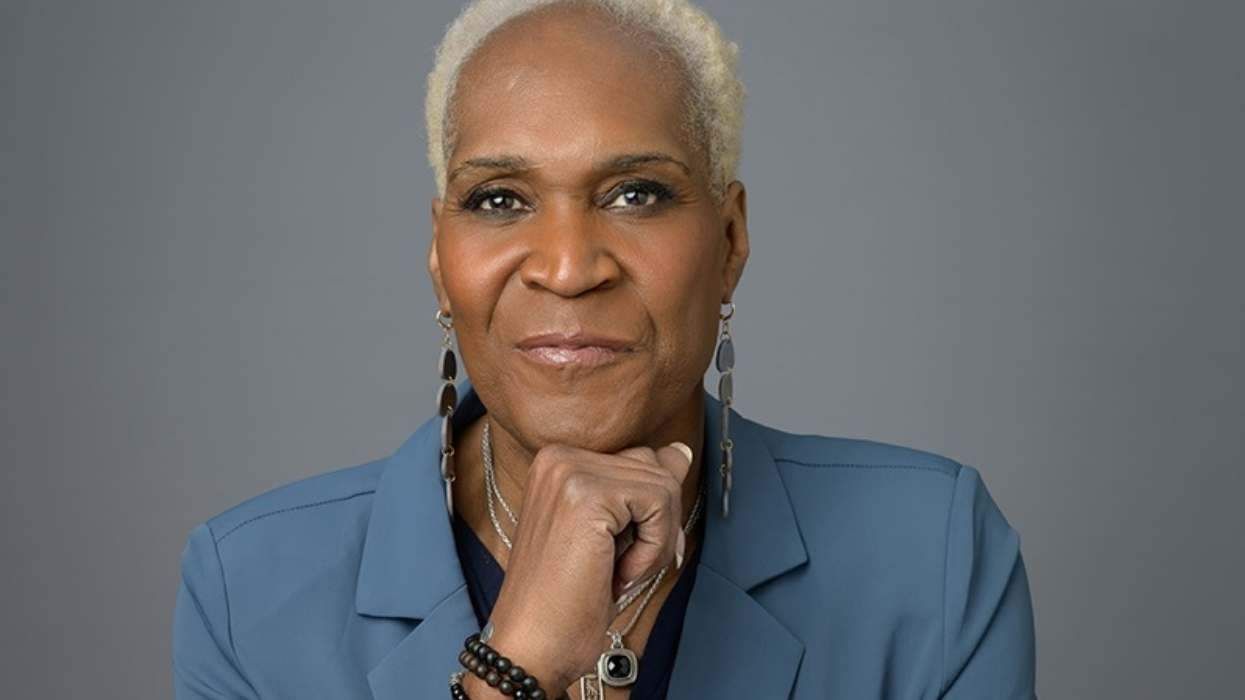
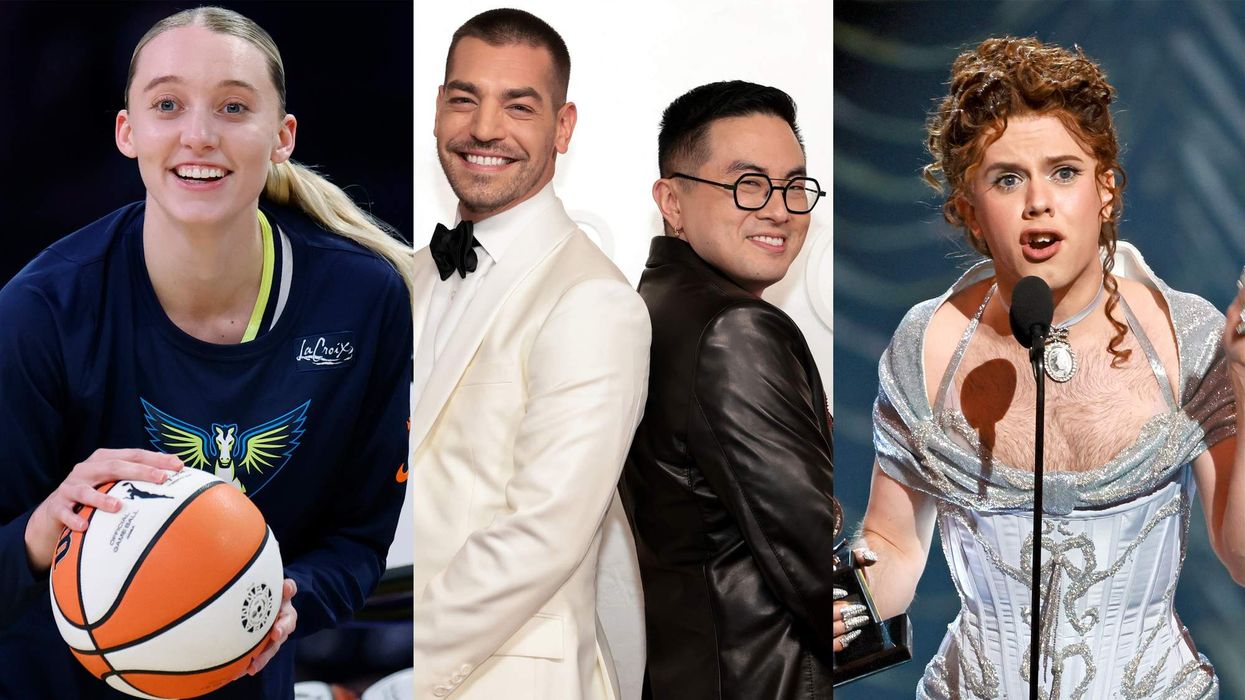
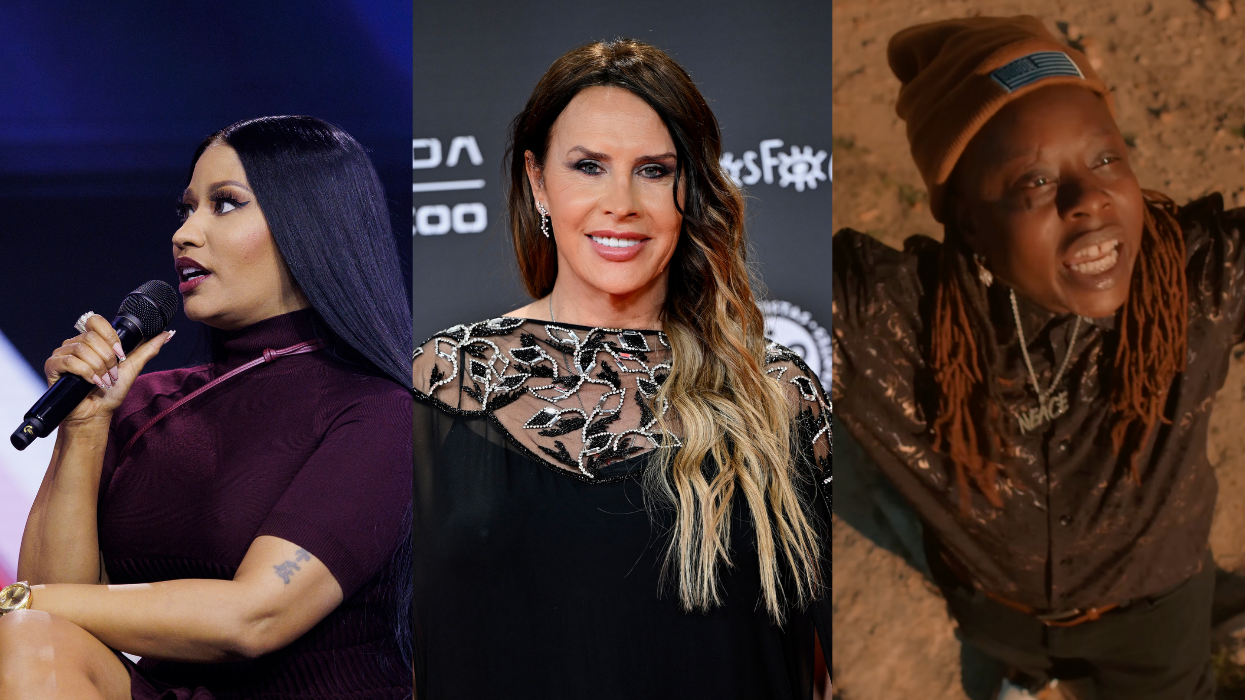
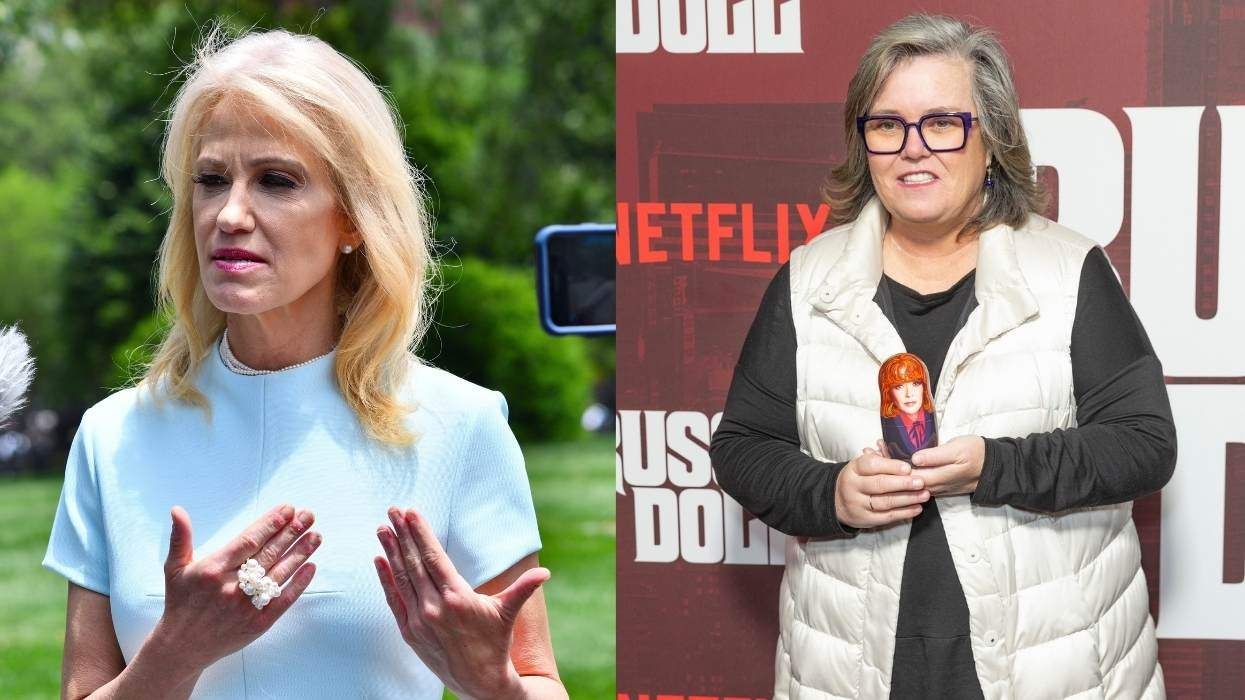
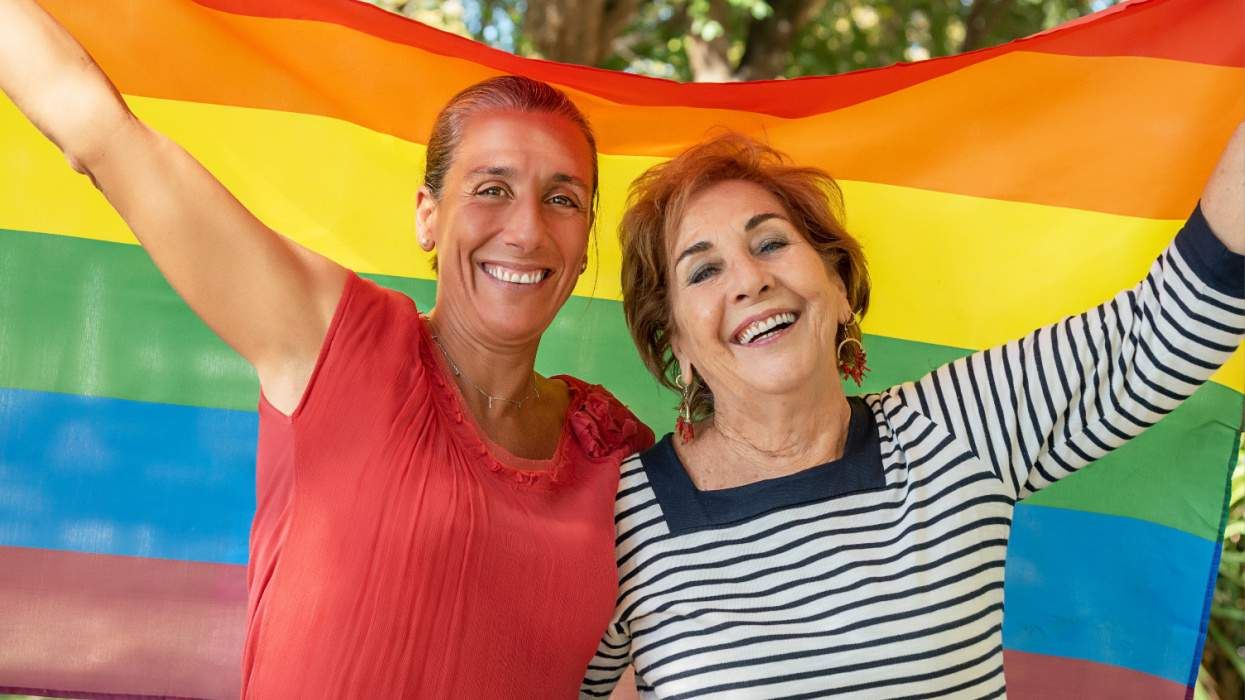
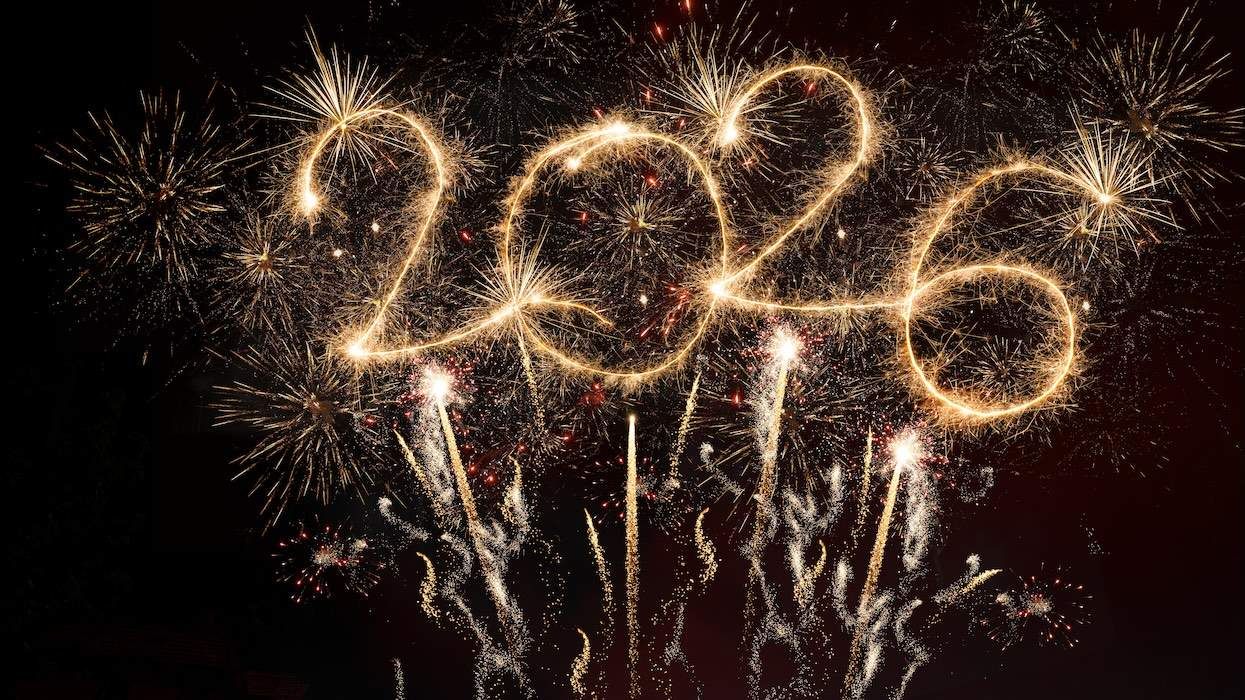
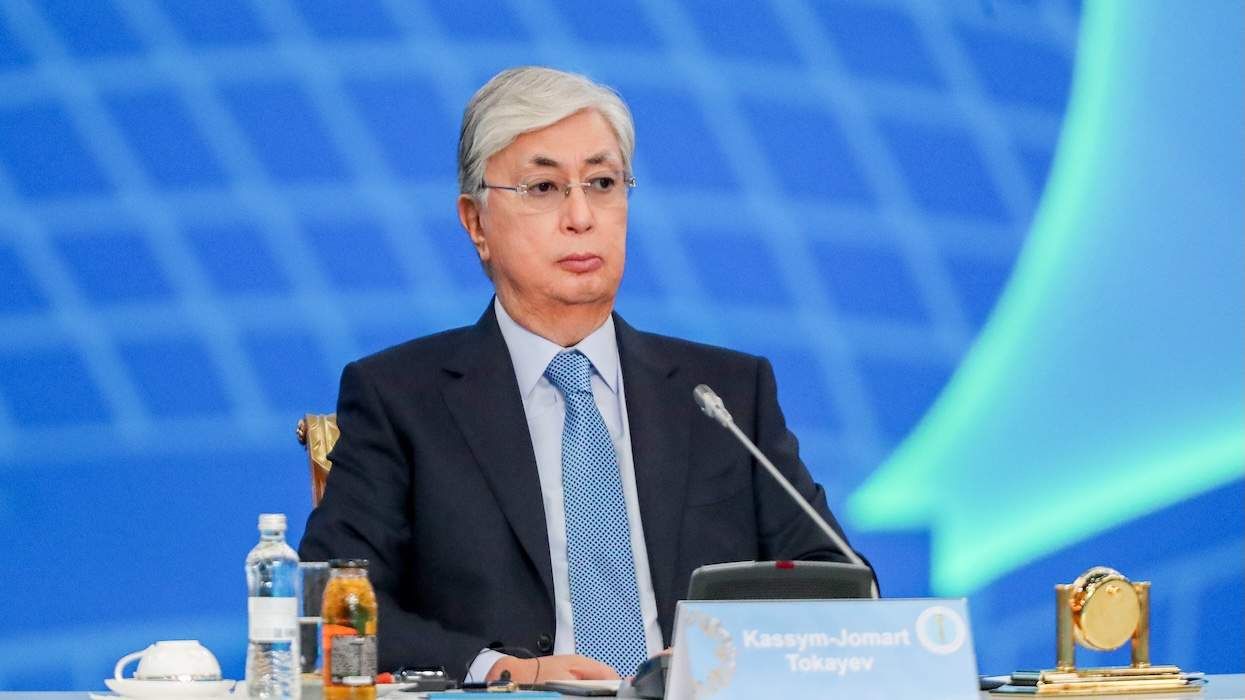

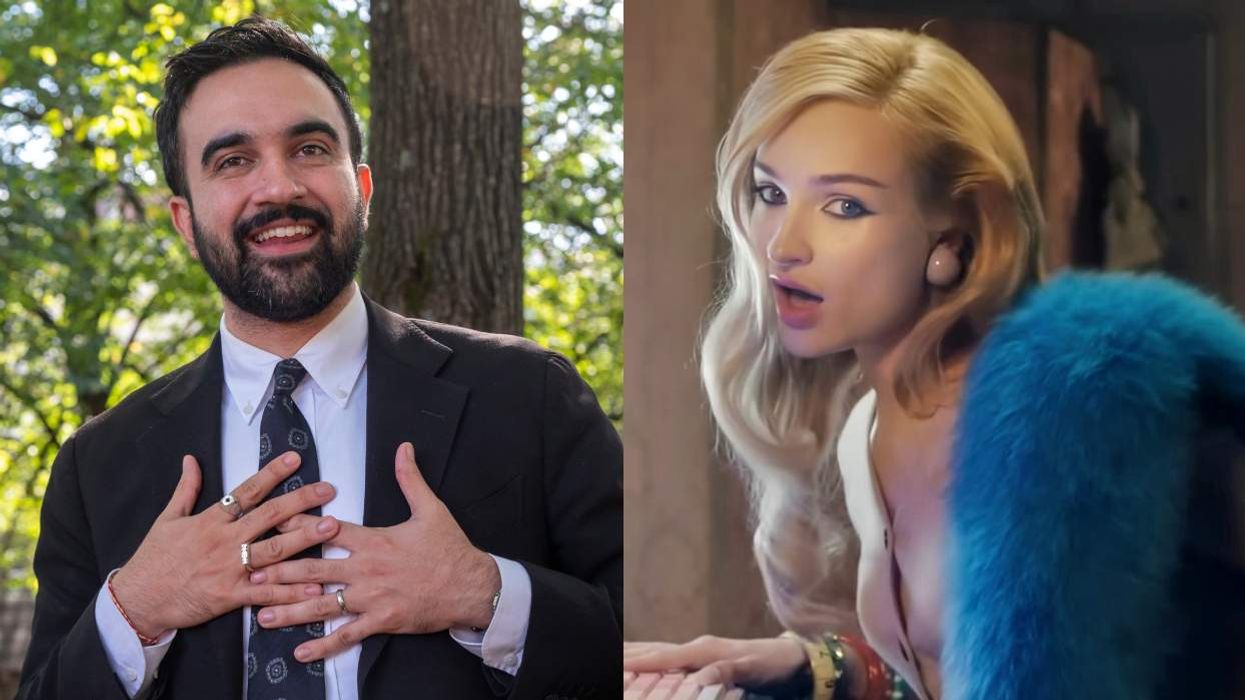
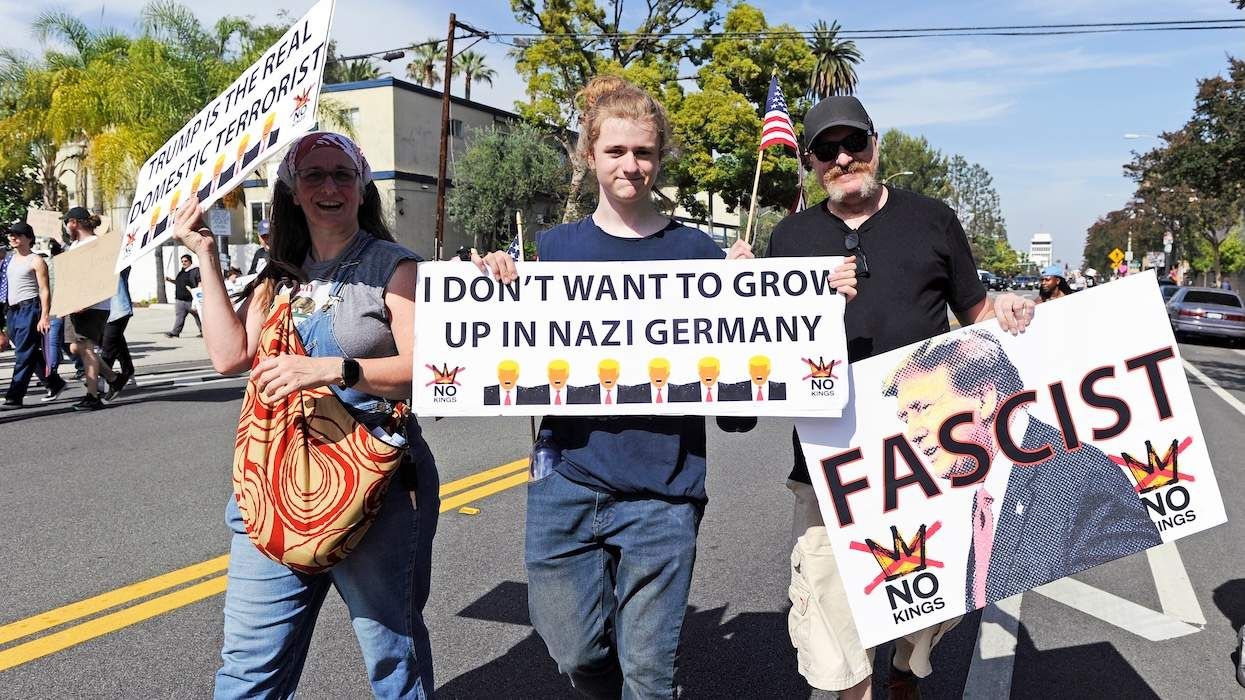
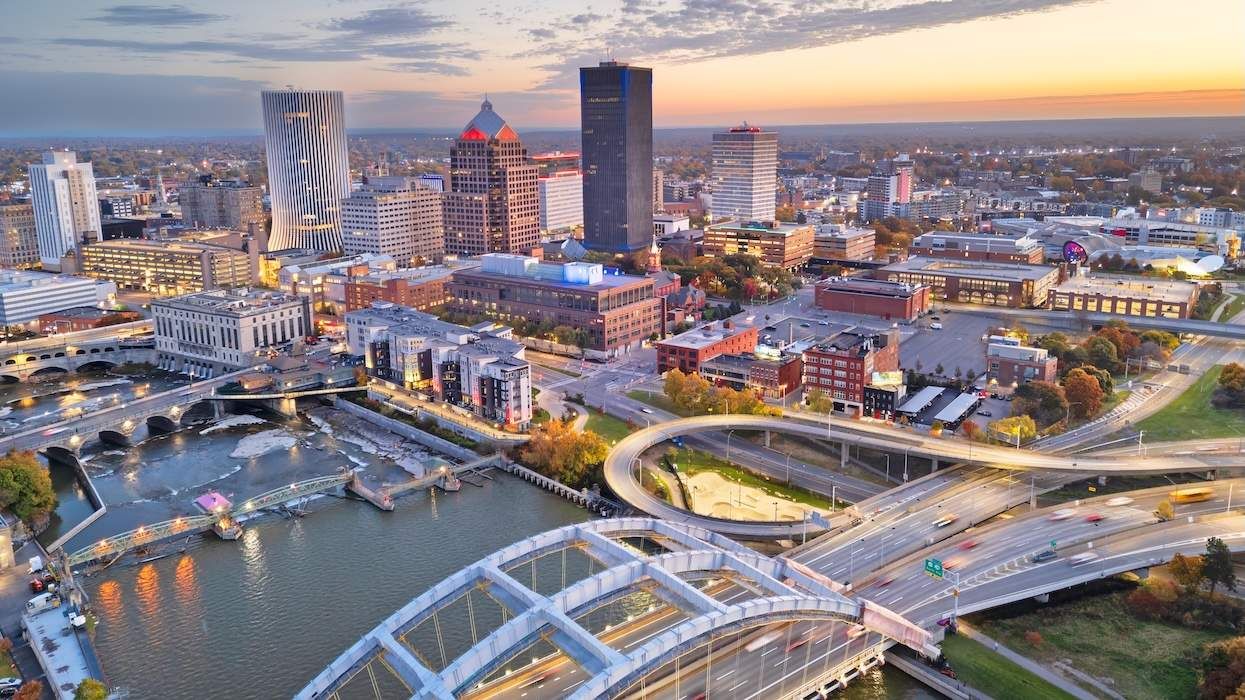
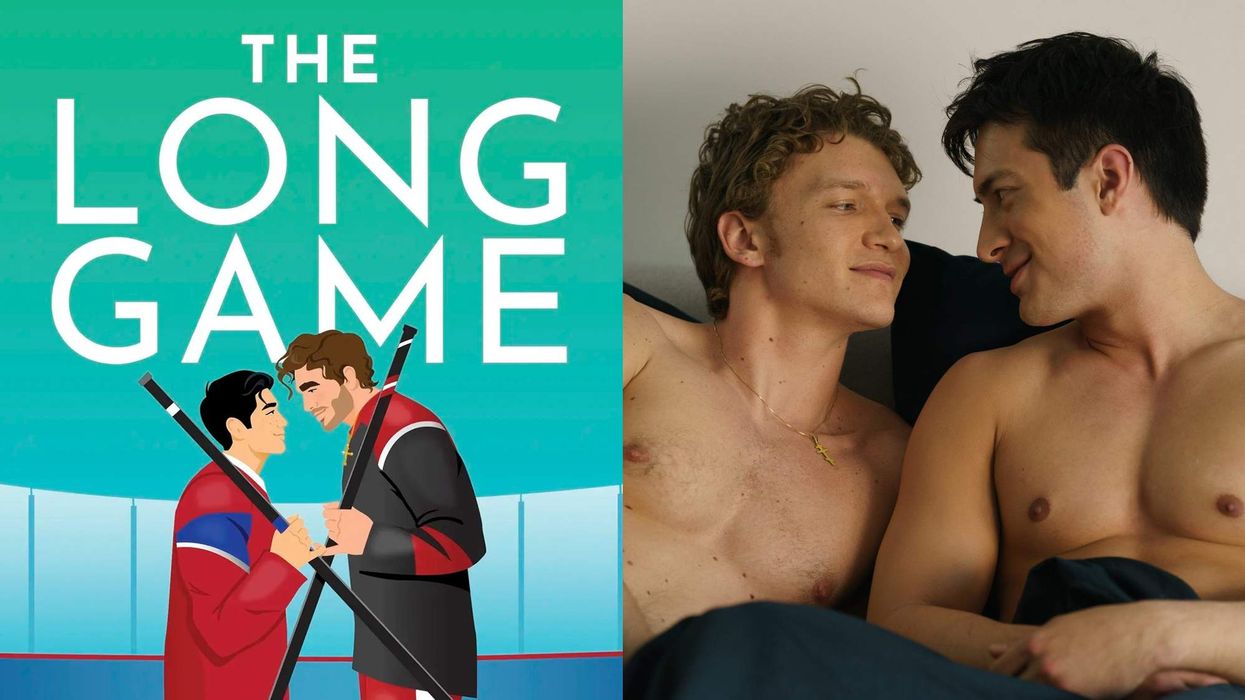
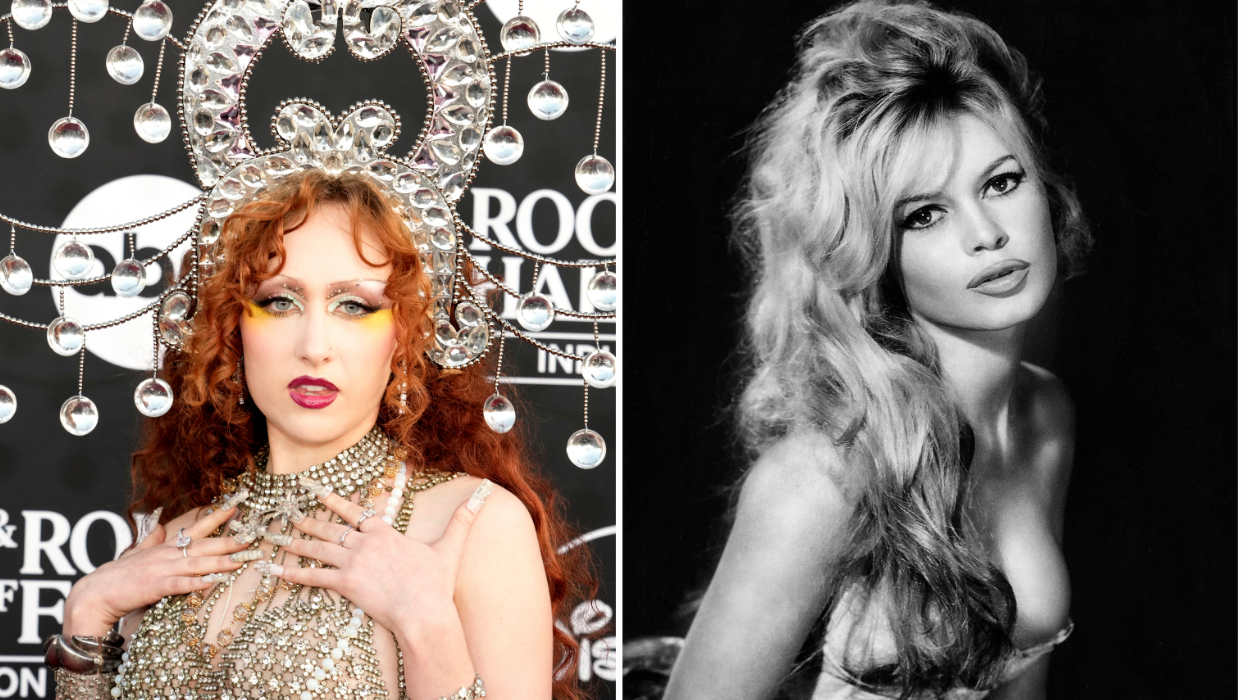

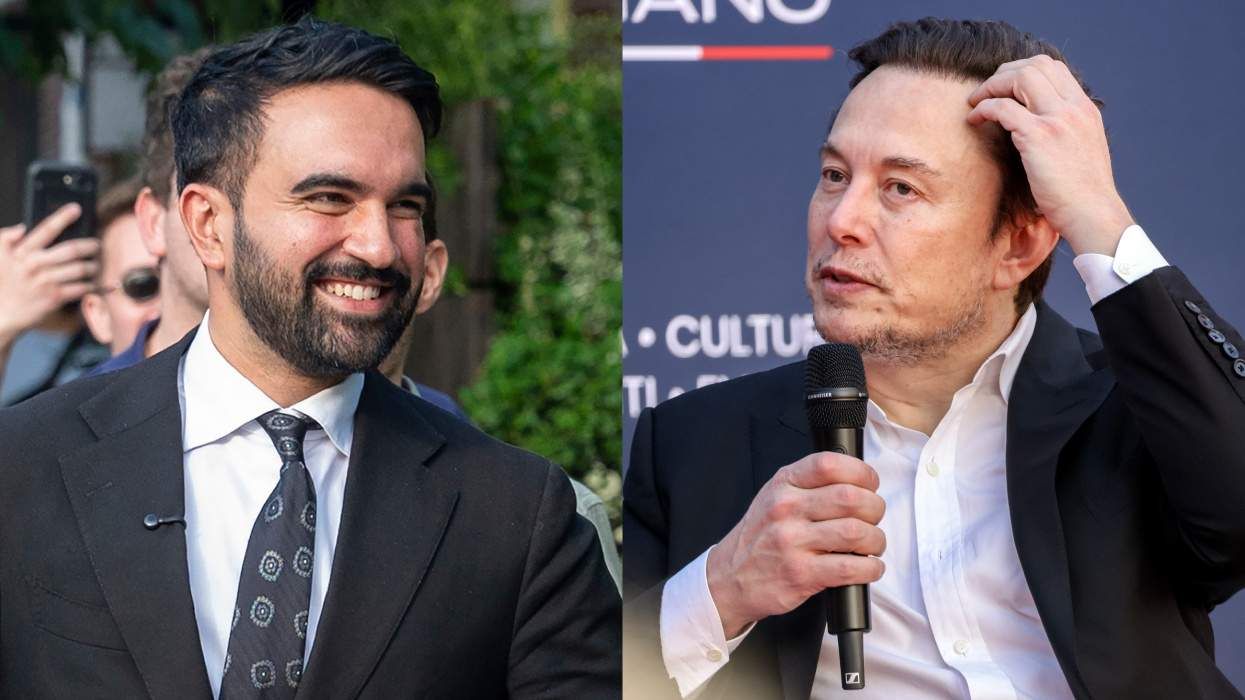
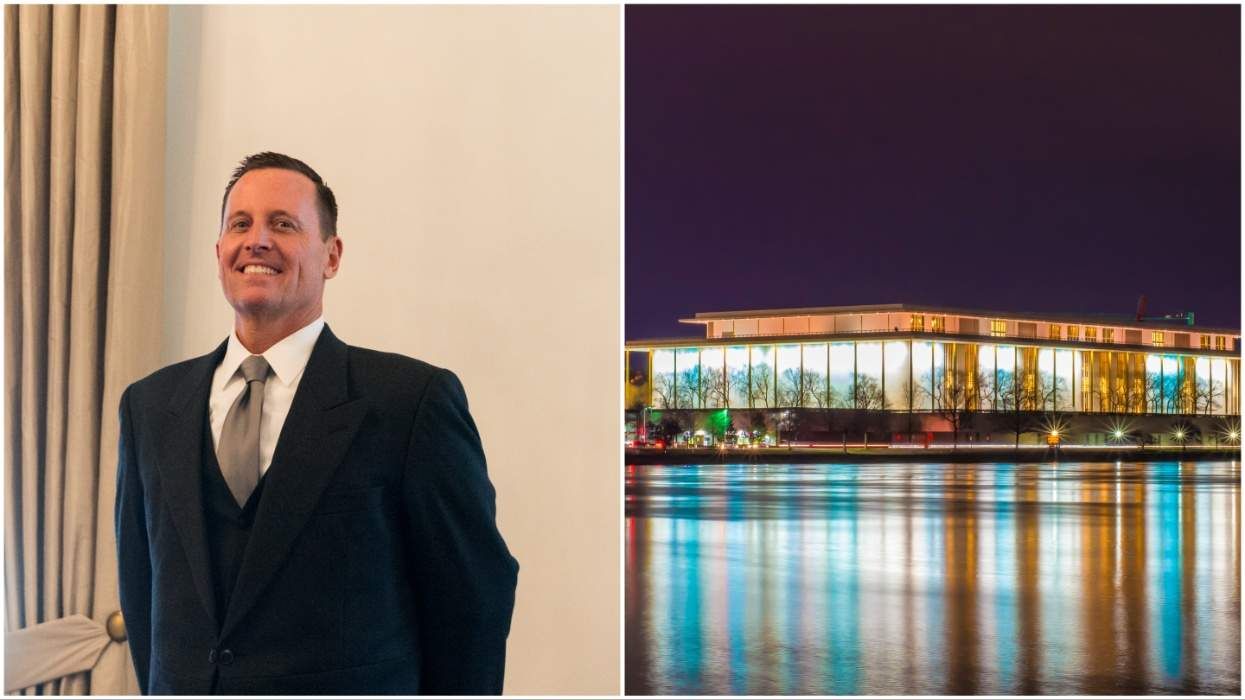

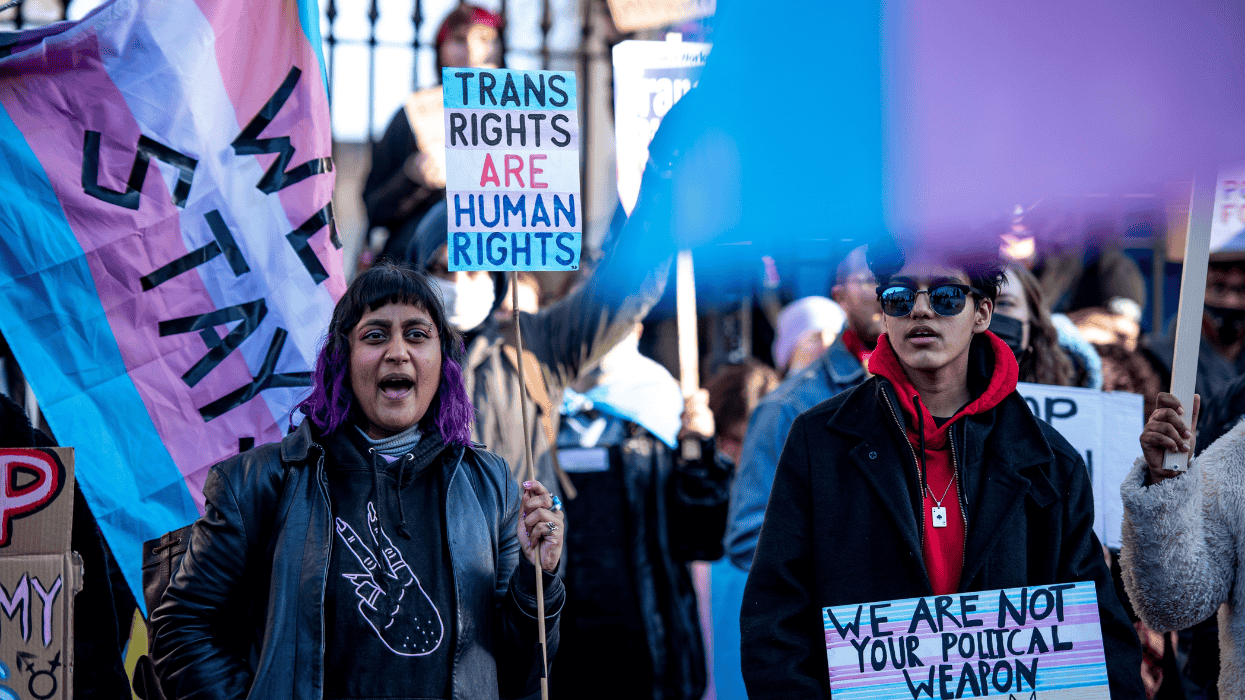
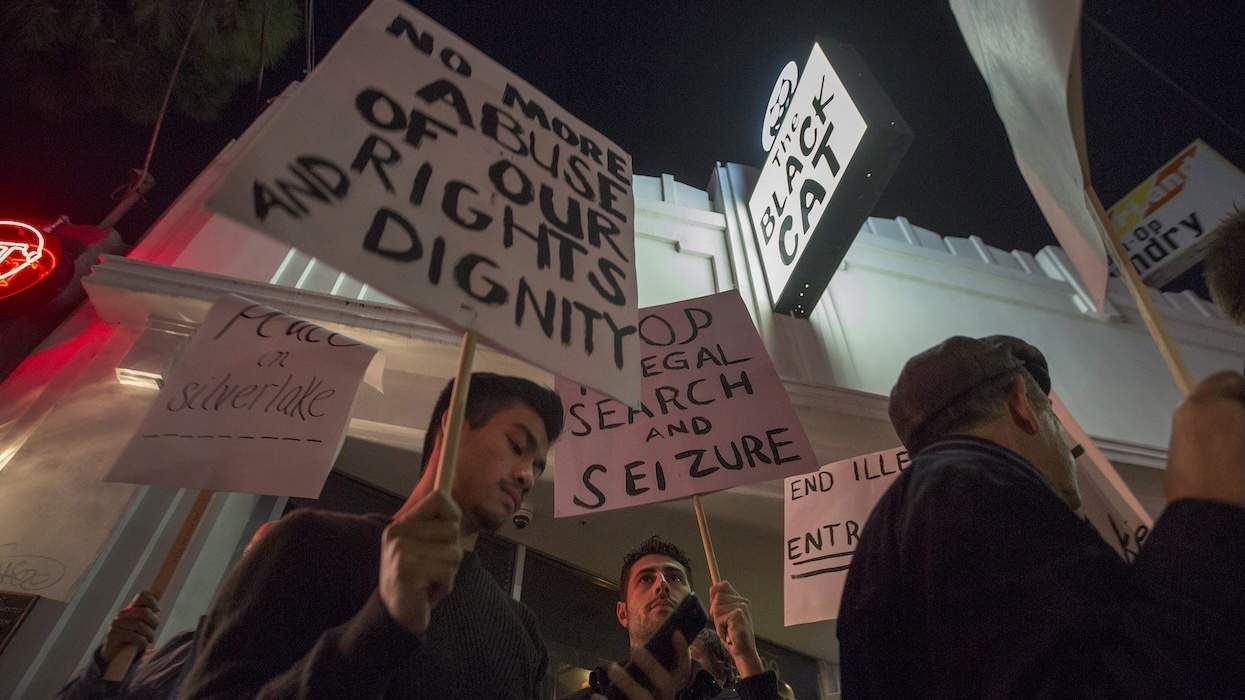
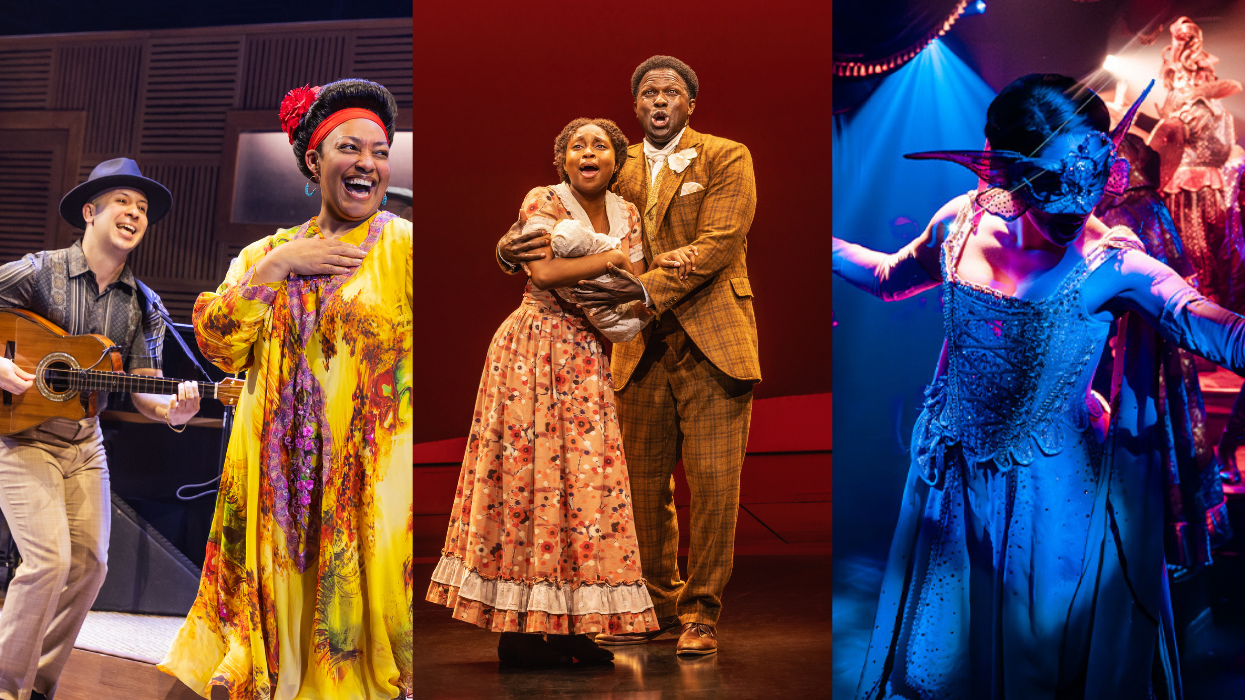
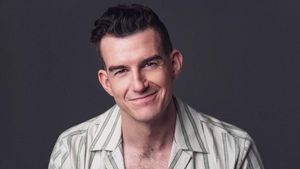


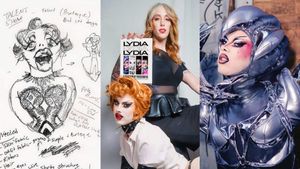
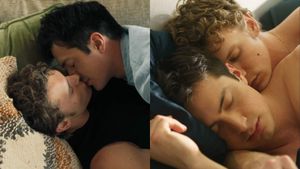
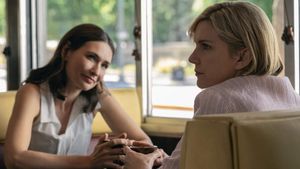


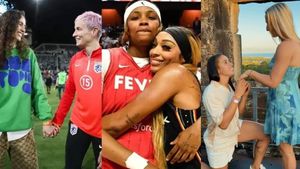

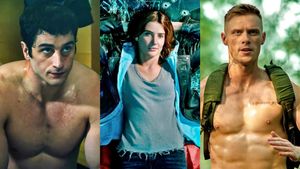
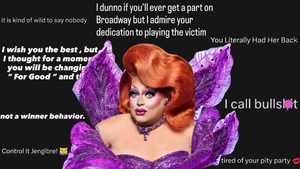



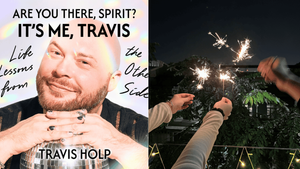





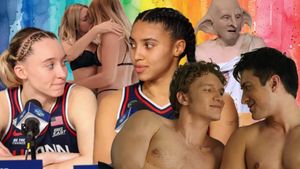


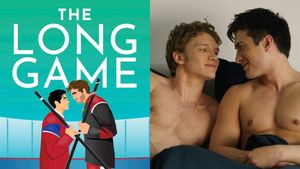


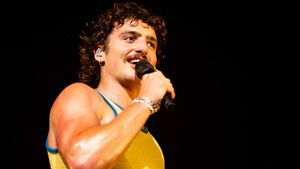
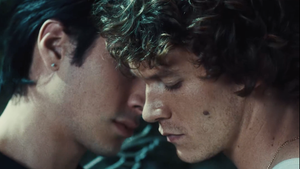


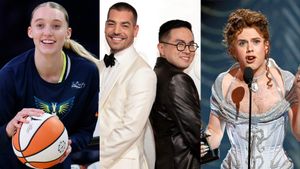


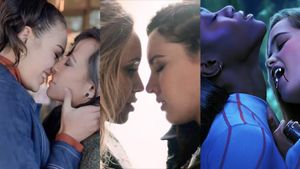


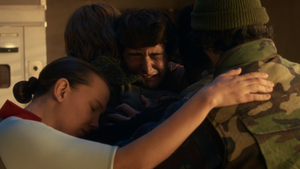


Charlie Kirk DID say stoning gay people was the 'perfect law' — and these other heinous quotes